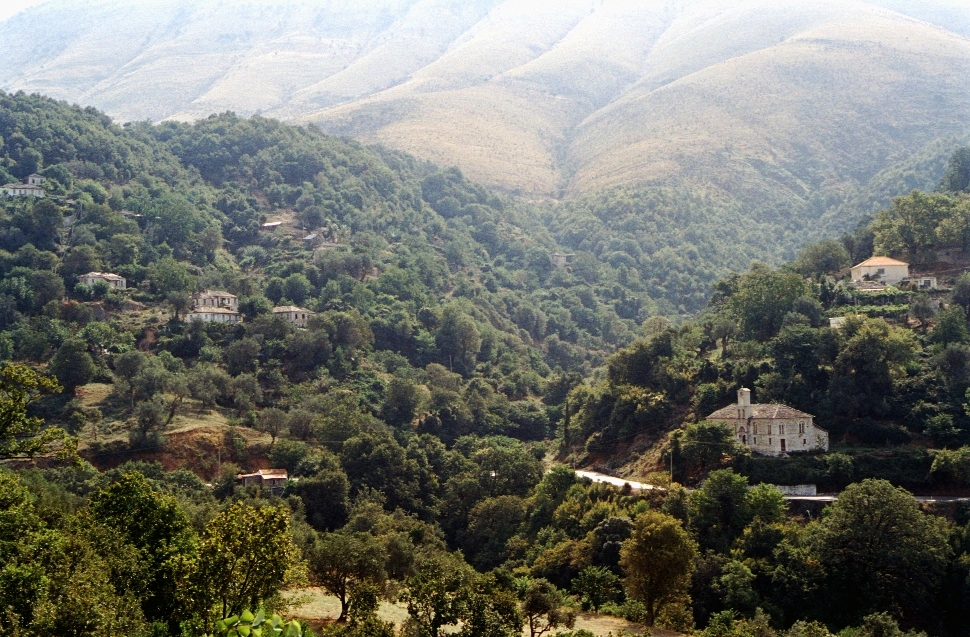Caves. Are dank. Wet. Pitch black. Dangerous. Often times rather unpleasant. But they also house the most spectacular fauna and flora; beautiful formations grow within, and the heavy, hushed gravity of the systems are something well worth the visit. Indeed, there is no experience as refreshing as, after having been underground for eight hours, resurfacing out of a little, half-built hole in the ground and smelling the clean air, the fresh grass and often livestock, all senses feeling heightened after the cut off that is being within a cave (I've put in some pretty pictures to prove how marvellous caves are at further down).
The gifts humanity leave the Earth as we walk across it, poke our fingers in little holes or touch things we shouldn't, also often end up as dank, rather unpleasant growths. Rather akin to a verruca-infested kid bombing in to a swimming pool, shredding its warty skin all over the unassuming, dermatologically-content public.
And yet I am in the process of drawing up a research proposal to investigate and pinpoint the key bacterial human indicators present in the cave systems of South Wales, with the intention of them being potentially usable for an index of biological integrity in cave systems. This can hopefully be linked to future use in environmental impact assessment and cave management strategy.
There are specific micro-organisms to be looked out for over a four-month study period:
Staphylococcus aureus - skin micro flora present on/within human epidermal tissue.
Fecal coliform bacteria and
E. Coli - present in the gut and feces of warm-blooded animals.
Alternaria and
Cladosporium, strains of filamentous fungi, which commonly grow on cereals, simply owing to the fact that if any food debris is going to be dropped, it will likely be cereal bars hastily stuffed into overall pockets on a caving trip.
(If you have any comments/interest in this baby proposal, feedback would be gladly recieved)
Hopefully, in identifying the true extent of the impact of human breach into the cave systems, or the lack thereof, the management of the caves can be improved - or not. But at least another little insight in to the hidden ecosystems of the caves would be greater understood.
Just to demonstrate how truly incredible caves can be (when they're not mucky, cold puddles), the picture below (credit National Geographic channel) shows scientists perching on crystal spires in the Giant Cave of Crystals, underneath the Chihuahuan Desert, Mexico. The crystals, mostly gypsum, have grown so big largely because of the cave's internal temperature of ~58 celcius.

People have died in the past trying to get to the crystals, presumably for amoral purposes. It is a killer cave if unprepared and no mistake. The crevasses are sharp and deep; the heat would make popcorn out of your nuts were you exposed, if you haven't been cut to shreds beforehand.
